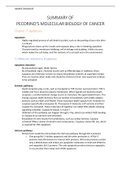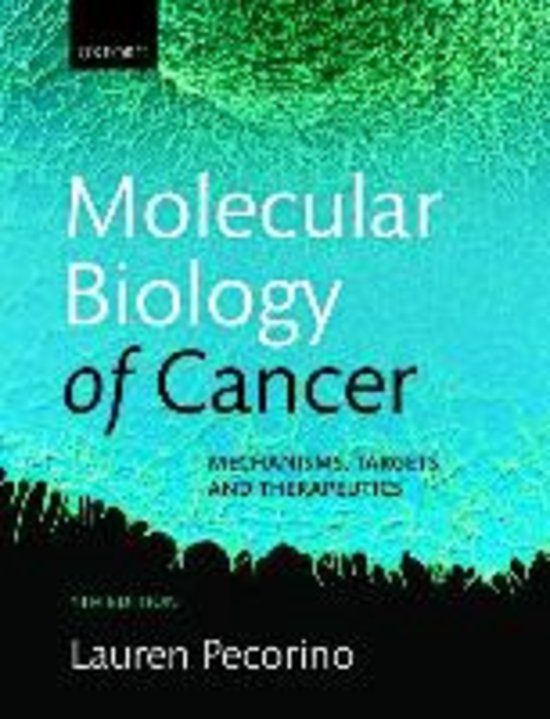Summary
Summary Oncology Molecular Biology of Cancer chapter 7-14
- Course
- Institution
- Book
This is a summary of Molecular Biology of Cancer chapter 7-14. This is the perfect summary to prepare yourself for the second exam in the Oncology course. It contains figures and detailed explanations.
[Show more]




